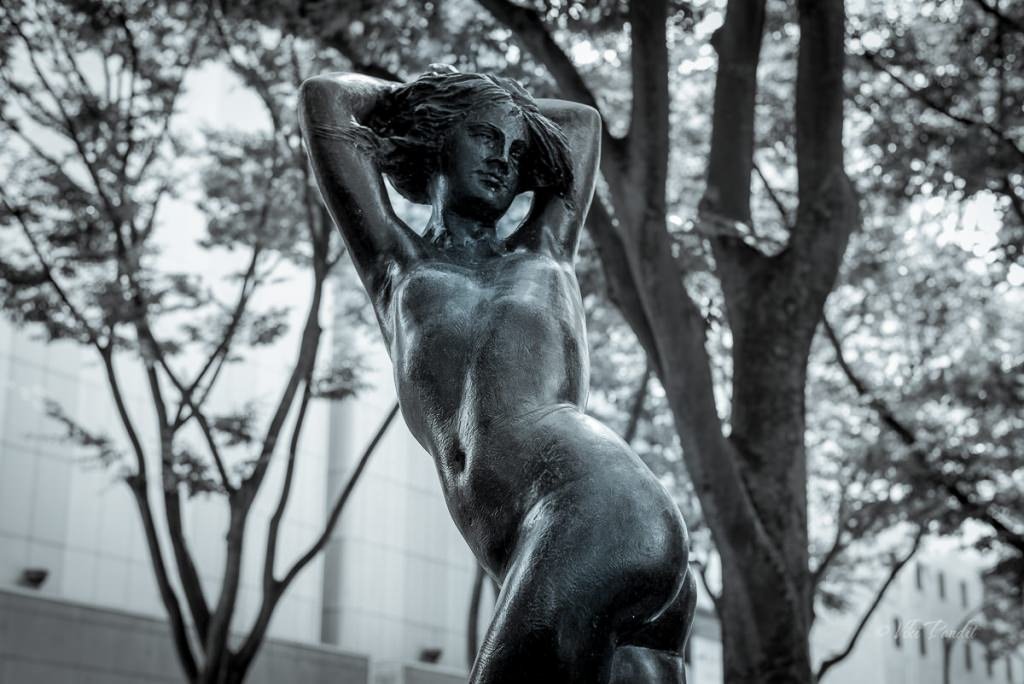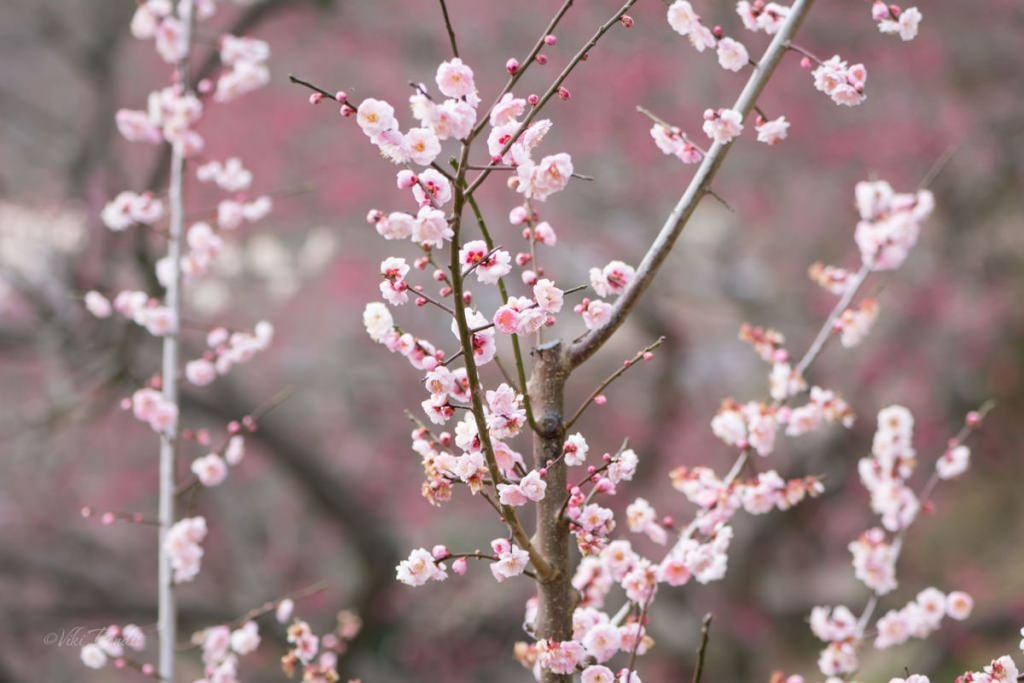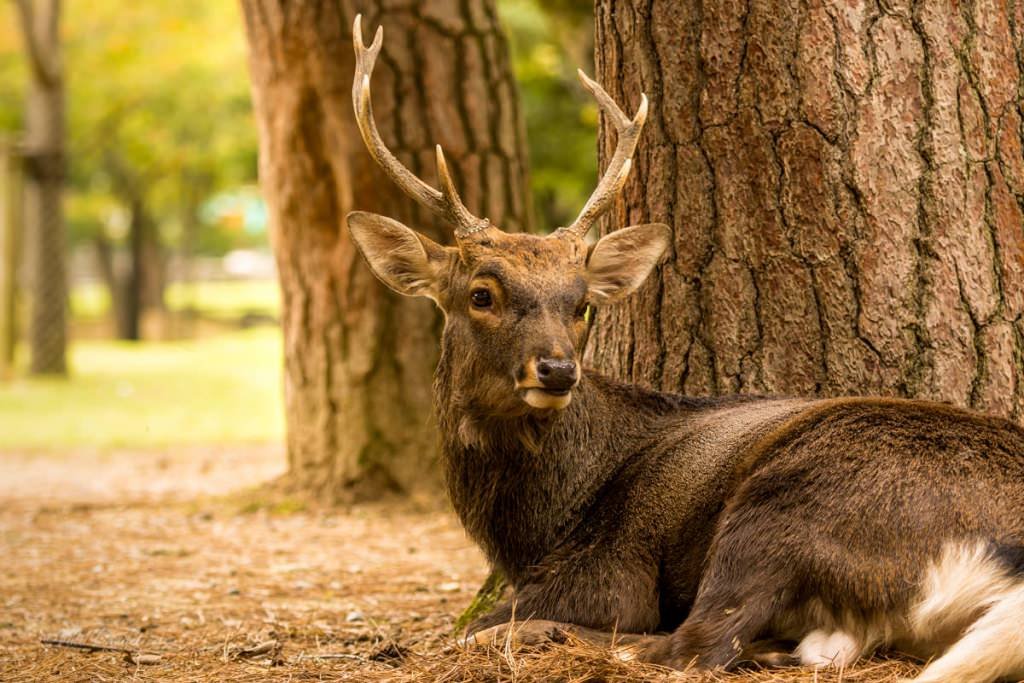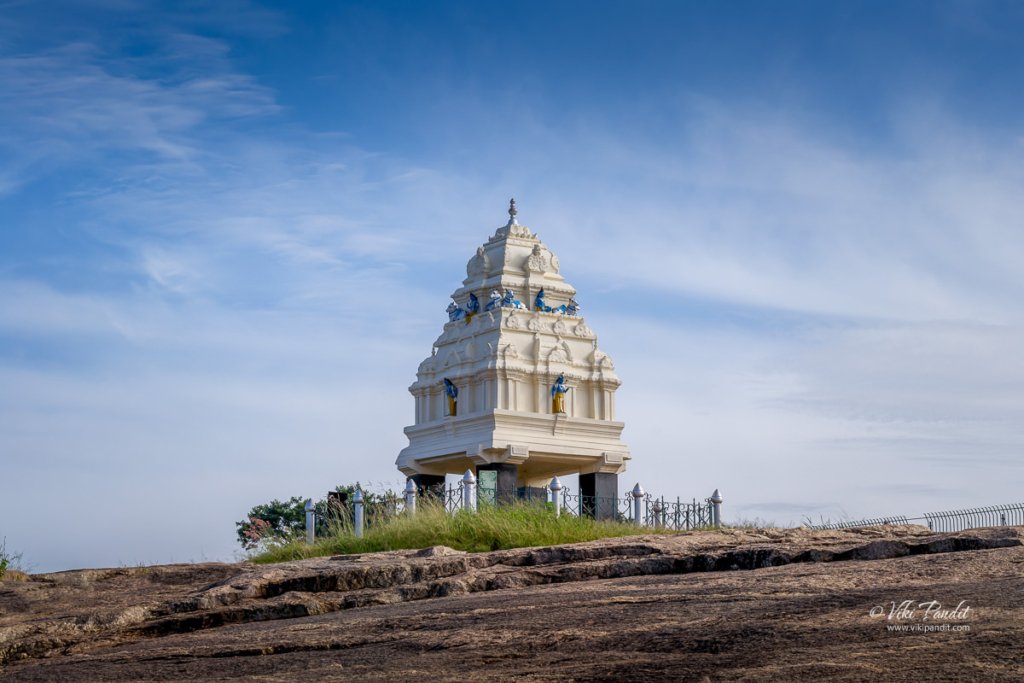
Fall at Nara Deer Park
One of the most amazing places to enjoy fall is at the Nara Deer Park in Nara in Kansai. The lavish park contains many momiji trees that begin to turn red and impart vivid red colors to the area. The roaming deer adds to the already beautiful canvas created by nature.





